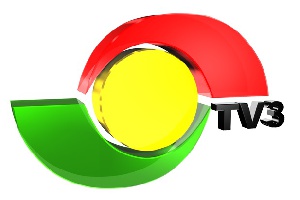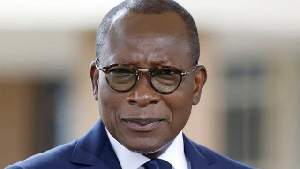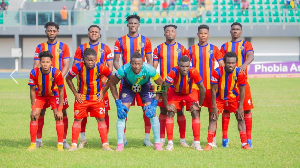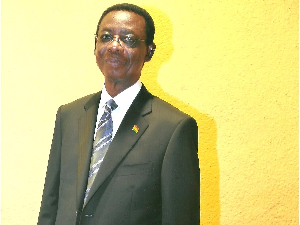Dear TV3,
I was overjoyed when I saw that you were producing a Ghanaian telenovela but I quickly became disappointed when I read the contents of the story to find out that not even one Northern Ghanaian language was going to be represented on the series.
Sadia is a wonderful initiative but how does a story that explores rural-urban migration not include even one Northern Ghanaian language looking at the statistics on kaayaayoo from the north? We all know that our Northern brothers and sisters disproportionately contribute kaayaayo labor in cities like Accra and Kumasi in the south. So if this series purports to cover the issue of rural-urban migration how are northern ethnicities left out in the representation?
According to the news story, the languages that will be used are Twi, Hausa, Fante, Ewe, Ga and English. This is how Northern Ghana has been constantly symbolically annihilated from Ghanaian media representations. Growing up in Tamale, I often yearned to see my ethnic identity or ethnic identities we shared cultural proximity with represented on TV. Though there are representations today on our TV stations in Tamale (Sagani TV and NTV) that can only be accessed via satellite channels which means they are only accessible to people of a certain socio-economic standing, there still remains a gap to be filled by TV stations with nationwide coverage like TV3.
Ghana’s Most Beautiful is one of your most watched TV programs because it affirms the cultural identities of Ghanaians across the 10 regions of the country. You have no idea what Zeinab’s win meant for many people in the 3 regions of the North as they saw their culture or a neighboring ethnic culture affirmed nationally. Her homecoming party was akin to the welcome that Fancy Gadam was given when he returned as the Best New Artiste at the Ghana Music Awards. GMB has done some work in bridging the north-south gap by bringing people of varying ethnic identities to the same stage and this is a chance for TV3 to continue the good work they have been doing.
Some will try to argue Hausa as representative of Northern Ghanaian languages. Hausa might be spoken in some urban areas in the North but it’s definitely not spoken by the majority. It is sad that in 2017, we still have to “beg” to be included in media representations on stations with nation-wide coverage.
We know from GMB that you value Ghana’s ethnic pluralism and we hope that you continue with this approach in the Sadia telenovela.
The Mole-Dagbamba is one of the largest combination of indigenous languages in Ghana and it would be nice to see at least one Northern Ghanaian language represented on the show. There are many Northern Ghanaian languages to choose from; Waale, Gonja, Dagaare, Moshi, Dagbanli, Likpakpal, Gurune, Buile, Basare, Kassena etc. We hope that you will listen and ensure that we are not erased from this telenovela that documents rural-urban migration which is one of the issues we grapple with in Northern Ghana.
Entertainment of Monday, 11 December 2017
Source: Wunpini F, Mohammed













